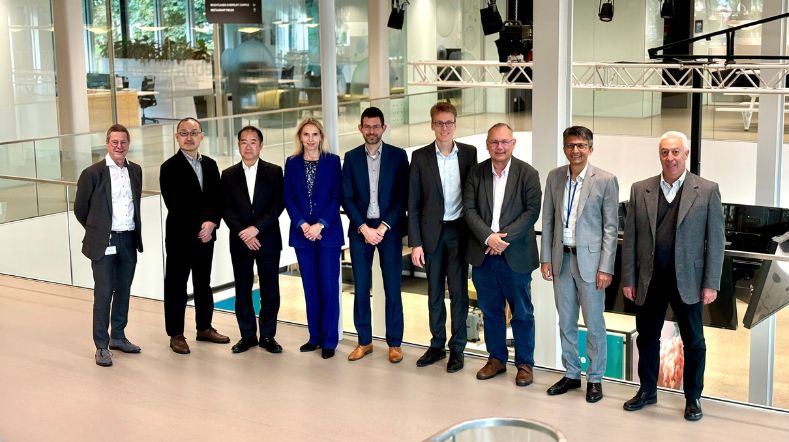
Microplastics and the unknown risks
Microplastics are minuscule plastic particles. They are in the air we breathe, the water we drink, and the food we eat. But the effects and risks of microplastics on people and the environment are unknown. Our research contributes to new insights and innovative solutions.
Microplastics paper
Microplastics are potentially harmful to humans and the environment. In our publication, we show how we can achieve a 70% reduction in microplastics by 2050.
How are microplastics formed?
Microplastics are all around us, from the high peaks of the Himalayas to the depths of the Atlantic Ocean. Since its invention in the 1950s, we have been using more and more plastic. Plastic has unique properties. It’s cheap, long lasting, and has many applications. But it is a persistent material that slowly breaks down into ever smaller plastic particles: microplastics.
What are microplastics?
We define microplastics as small, man-made polymer-containing materials with dimensions (length/width/height) smaller than 5 millimetres. The term microplastics also includes nanoplastics, with dimensions smaller than 100 nanometres. Microplastics consist of a complex cocktail. There are wide variations in polymer type, size, and shape. Microplastics also carry additives, impurities, microbiota, and various contaminants.
The 4 main sources of microplastics
In our recent research on microplastics, we identified the origins of microplastics and measures to take against them. We found that the following 4 sources are the main causes of microplastics:
- Abrasion of car tyres (~35%)
- Litter: plastic film, bags, packets, and other materials are not discarded properly in all areas. They often end up in the soil or the water, where they break up into microplastics.
- Use of agricultural foil
- Textiles: abrasion of clothing mainly produces microplastics in the air and in wastewater, for example after washing clothes.
Primary and secondary microplastics
We distinguish between primary and secondary microplastics. Primary microplastics are added deliberately by humans. Secondary microplastics are formed as a result of the degradation of plastic objects.
Distinction in plastics
Primary microplastics originate mainly from pre-production pellets, scrub particles in cosmetics, grains from artificial turf fields, and abrasive cleaning agents. Degradation of plastic into secondary microplastics occurs during use of a plastic product, and when plastic is left lying around as waste. Under the influence of certain factors, ever-smaller plastic particles are formed. Examples include: UV light, friction and heat. These plastic particles then come into contact with humans through: air, water, our food and soil.
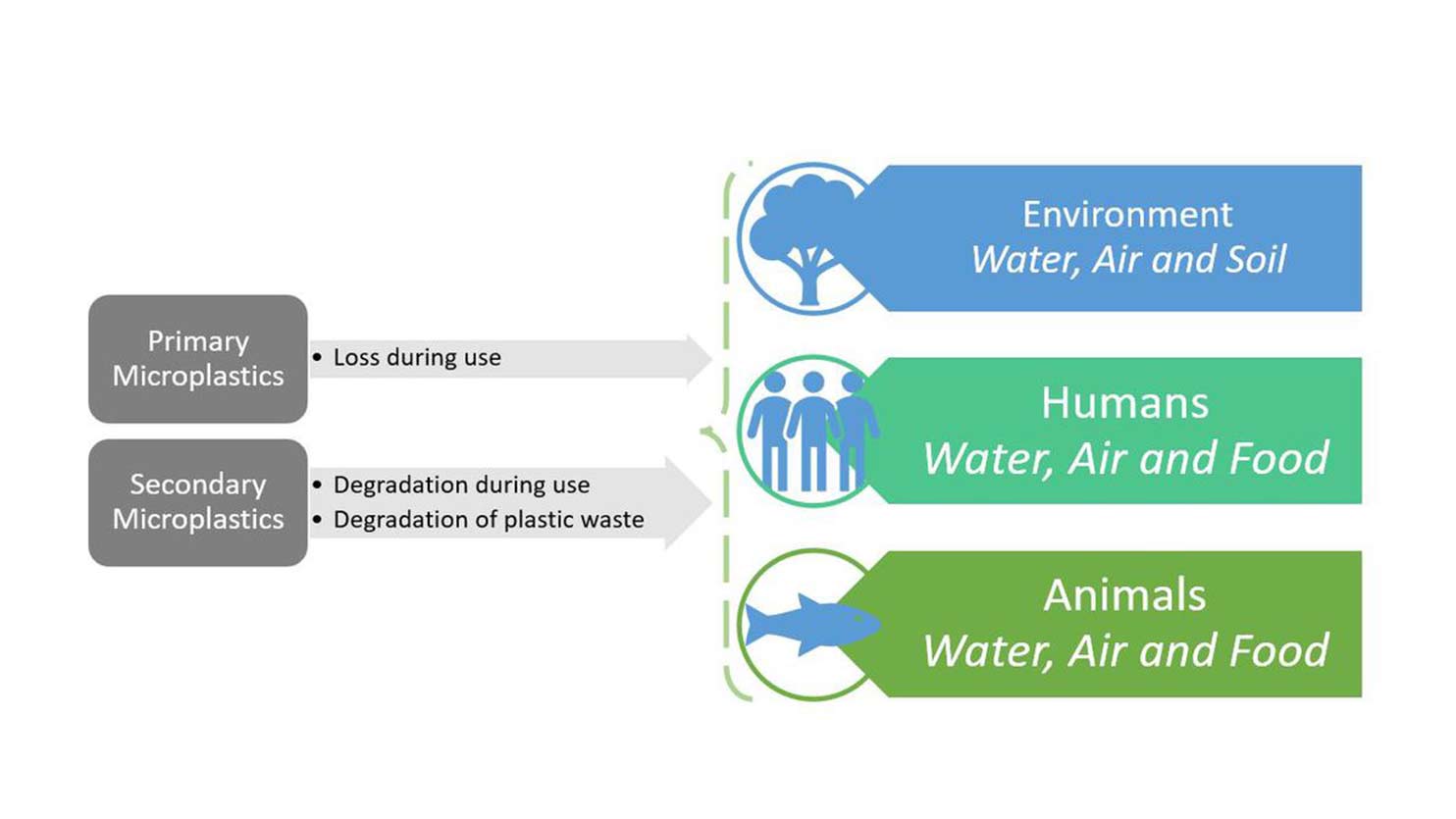
Microplastics in cosmetics
Possibly thousands of personal care products sold by companies all over the world contain tiny grains of plastic. The cosmetics industry calls these microplastics microbeads. But we also find microplastics in other products, including fleece jumpers or a plate of mussels.
Microplastics in the air
There is still relatively little known about the concentration of microplastics in the air and the effect on the environment and our health. Our knowledge of the distribution of particulate matter is very useful in our research, because microplastics exhibit the same behaviour.
With that knowledge, we can reuse existing tools. For example, a measurement campaign focussing on exposure to microplastics in the air indoors and outside, in which we measure concentration differences in various locations.
Microplastics and their effect on humans
The World Health Organization (WHO) has reported an overview of exposure through food and the inhalation of nanoplastic and microplastic particles, and the possible consequences of such exposure for human health. It also emphasises a rising public awareness and an overwhelming consensus among all stakeholders that plastics do not belong in the environment.
Measures must be taken to limit exposure to microplastics. For this reason, in the Netherlands we apply the precautionary principle, which means that the use, formation, and spread of microplastics must be minimised.
Reducing microplastics
We’re going to be using increasing amounts of plastic, which will inevitably lead to an increase in microplastics. According to the Dutch government’s precautionary principle, we must minimise exposure to these plastic particles.
Our research shows that a reduction in microplastics of around 70% by 2050 is achievable through the maximum deployment of 17 mitigation strategies.
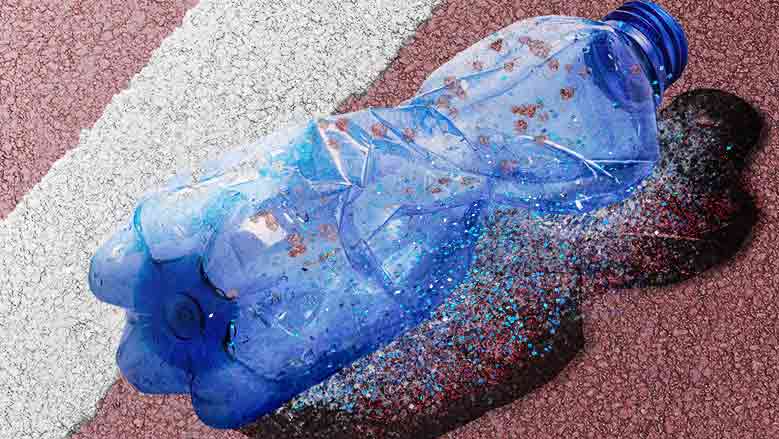
Read how we can reduce microplastics by 70% by 2050
Tips to reduce microplastics yourself
As consumers, we can also reduce the formation and spread of microplastics by adjusting our behavior with small actions.
Read our tips for reducing microplastics in the 4 major contributors to microplastics.
Car tires contribute to 2.660 tons of microplastics per year. What you can do to reduce this:
- Drive less, walk, bike, or use public transportation.
- Choose the lightest possible car.
- Driving a car? Check your tire pressure.
- Drive smoothly. Avoid rapid acceleration and sudden braking.
- Choose environmentally friendly tires. Look for the eco-label on the tires.
Microplastics are formed from litter, resulting in 1252 tons ending up in the Dutch environment each year. What you can do to reduce this:
- Separate your waste and dispose your packaging in the correct waste bin.
- Return bottles with a deposit! Since the introduction of a deposit on small bottles, there has been a 70% reduction in small bottles in the environment. A successful measure!
- Buy unpackaged products, such as fruits and vegetables.
636 tons of microplastics are formed annually from agricultural plastic. What the agricultural sector can do to reduce this:
- Research and consider alternative materials or technologies, such as biodegradable films.
- Replace the plastic foil with alternative ground covers, such as straw or natural compost.
- Clear the foil in time and make sure it is not left in the land.
- Use durable materials that last longer. You can also reuse them.
113 tons of microplastic fibers are released from textiles each year. What you can do to reduce this:
- Air dry your clothes more often instead of washing them.
- Wear and use your clothes for a longer time, and repair them if possible.
- Buy consciously: Buy clothing in good condition made from natural materials. Clothing that doesn't need to be produced doesn't leave behind microplastics.
- Don't rinse the filter from your dryer under the tap but throw away the residue in the waste bin.
- Looking to buy something new? Purchase second-hand clothing.
- Take discarded clothing to thrift stores or deposit them in municipal collection bins or recycling centers.
Research and knowledge partners
We cooperate closely in various scientific networks, such as the MOMENTUM network, TI Coast, growth fund Circular Plastics NL and with industrial partners. We work on confidential and often highly complex projects with stakeholders throughout the entire value chain.
Microplastics research topics
We do research on materials or products in which microplastics could pose a problem. In this way, we’re working towards a more sustainable future. Our research focuses on the following 5 topics:
- Sources & environment
- Measuring & detecting
- Understanding how microplastics are formed
- Exposure and health effects
- Systemic insight and mitigation
With these topics, we strive to develop and support measures to reduce microplastics.
Get inspired
Early results show the potential of circular healthcare plastics
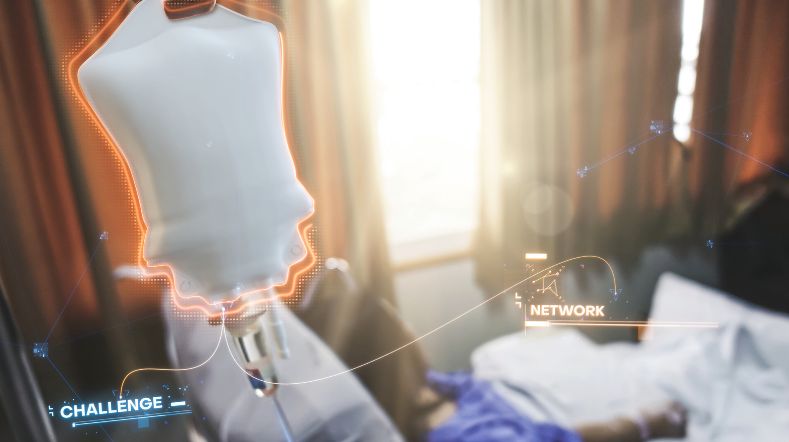

Biobased materials
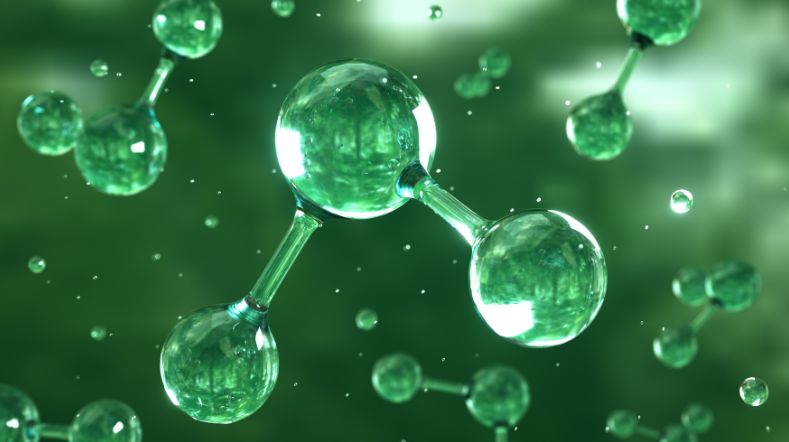

Enhanced solvolysis contributes to the future of composite recycling
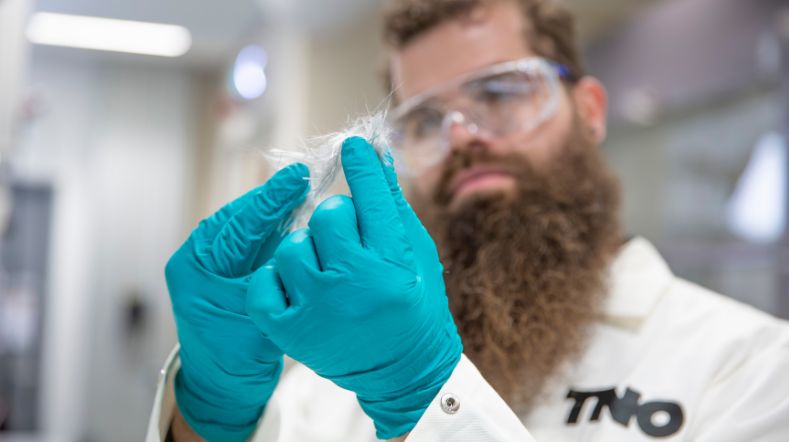

Collaboration for sustainability: better results through joint innovation
